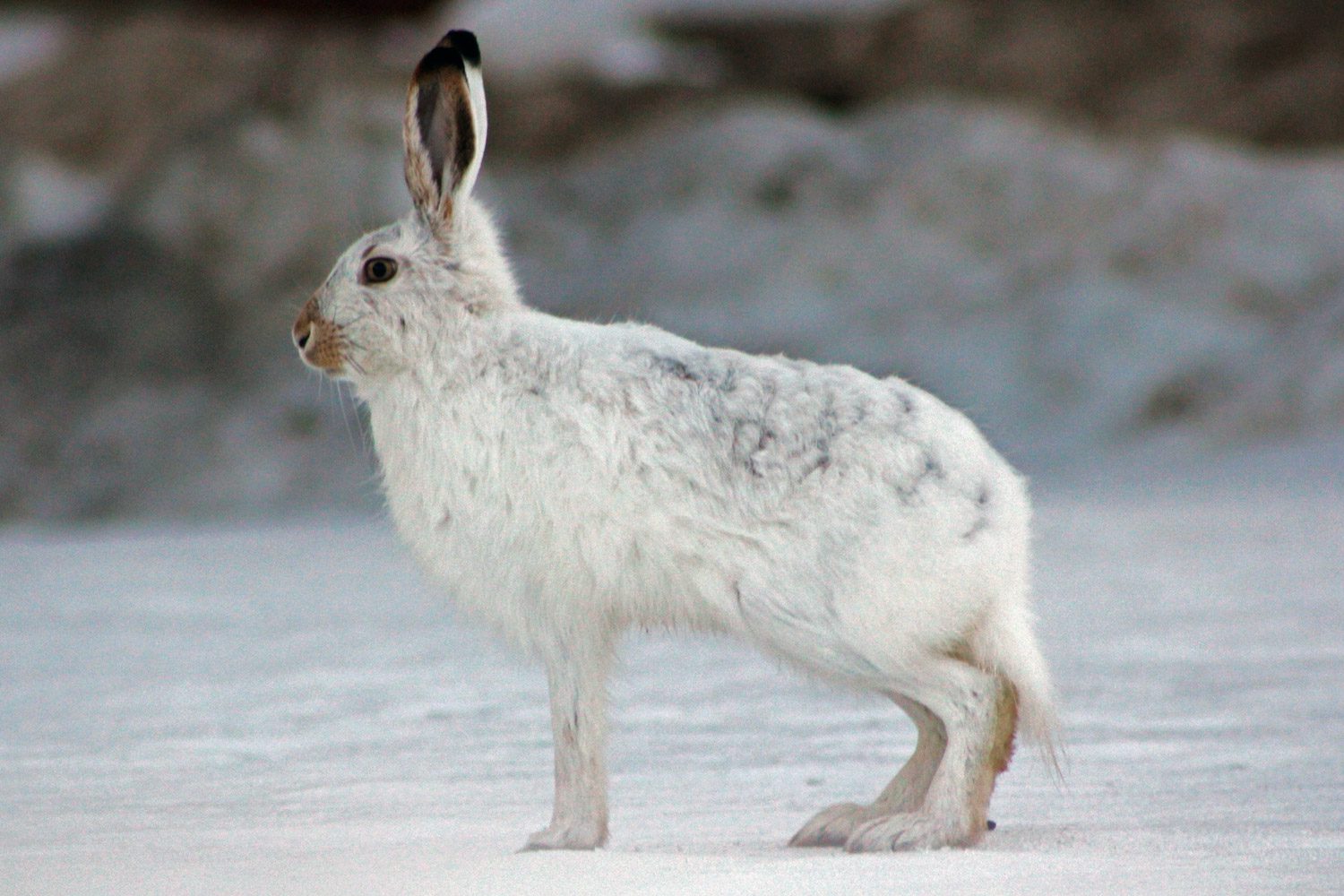The Arctic fox and the snowshoe hare are two prominent species in the Arctic tundra, both constantly competing in the race for survival. The Arctic fox has a white coat of thick fur that provides insulation and camouflage while utilising its keen sense of hearing and smell for food. The snowshoe hare, identified by its brown fur in summer and white fur in winter, navigates through deep snowdrifts with its oversized feet for food such as leaves, twigs, and bark. Both animals have unique adaptations and play crucial roles in the ecosystem, with the Arctic fox hunting its prey and the snowshoe hare being a plant-eater.
The Race to Survive: Arctic Fox vs. Snowshoe Hare
Introduction
The Arctic tundra is a harsh and unforgiving environment that requires special adaptations for survival. Two of the most prominent species in this ecosystem are the Arctic fox and the snowshoe hare. Both of these creatures navigate the tundra and are constantly trying to outmaneuver each other in the race for survival.
Appearance and Adaptations
Arctic Fox
The Arctic fox is a small, nimble animal that can be recognized by its thick, white fur. This coat provides excellent insulation against the cold temperatures of the tundra, and also helps to camouflage the fox when it is stalking its prey. The Arctic fox also has a keen sense of hearing and smell, which is essential for locating food in a vast and barren landscape.
Snowshoe Hare
The snowshoe hare is a medium-sized mammal that blends in with its surroundings due to its brown fur in summer and white fur in winter. It has large, oversized feet that allow it to navigate through deep snow drifts, and also helps it avoid predators like the Arctic fox. The hare also has a keen sense of smell and hearing, which is useful in detecting predators and finding food.
Food and Hunting Strategies
Arctic Fox
The primary food source for the Arctic fox is the lemming, a small rodent that is abundant in the tundra. However, the Arctic fox is an opportunistic hunter and will also eat birds, eggs, and other small mammals. Arctic foxes are also known to scavenge from polar bear kills and human garbage. When hunting, the Arctic fox will stalk its prey and pounce on it quickly, using its sharp teeth and agility to subdue the animal.
Snowshoe Hare
The snowshoe hare is a plant-eater that feeds on leaves, twigs, and bark. During the winter, it subsists on shrubs and small trees that are within reach of its oversized feet. The hare’s diet is high in fiber and low in nutrients, so it needs to eat large quantities to meet its daily requirements. If threatened by a predator, the snowshoe hare will use its speed to outrun the attacker, or it may stand still and blend in with its surroundings.
Reproduction and Family Life
Arctic Fox
Arctic foxes mate between September and November, and litters of three to twelve pups are born in May or June. The mother takes care of the young, while the father hunts for food to bring back to the den. Young foxes stay with their parents for about seven months before striking out on their own.
Snowshoe Hare
Snowshoe hares mate between March and August, and litters of one to eight leverets are born approximately one month later. The mother raises the young on her own, and the leverets are born with a full coat of fur and are able to hop around shortly after birth. The mother will nurse her young for about two weeks, and then the leverets will start to eat solid food.
Conclusion
In the race to survive, both the Arctic fox and the snowshoe hare have unique adaptations that help them survive in the harsh tundra environment. While they are sometimes in competition with each other, they both play important roles in the ecosystem. By understanding these animals and their behaviors, we can gain a greater appreciation for the complexity of life in the Arctic.
